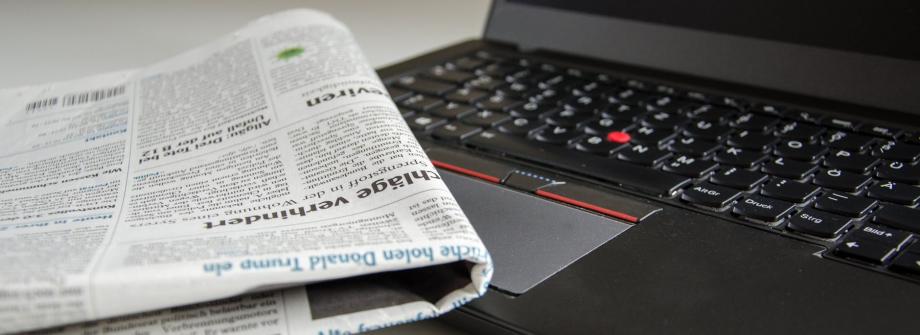
Each month one member of the EBMT Scientific Council will select and comment a recent paper in the field of stem cell transplantation and cellular therapy that was published in high ranked journals.
For this month Newsletter, Selim Corbacioglu, Scientific Council Chair and Paediatric Diseases Working Party Chairperson, comments on the publication entitled "CRISPR-Cas9 Gene Editing for Sickle Cell Disease and β-Thalassemia" published in the New England Journal of Medicine (NEJM).
CRISPR-Cas9 Gene Editing for Sickle Cell Disease and β-Thalassemia
Haydar Frangoul et al
N Engl J Med. 2021 Jan 21;384(3):252-260. doi: 10.1056/NEJMoa2031054. Epub 2020 Dec 5.
Rarely there are coincidences of this dimension. The same year Emmanuelle Charpentier and Jennifer A. Doudna were awarded the Nobel Prize in chemistry, a group of scientists published the first successful attempt and therefore the proof-of-principle that CRISPR-Cas9 based gene editing is applicable in human hematopoietic stem cells and capable of providing cure for some of the most prevalent and potentially fatal diseases of mankind.
Sickle cell disease (SCD) is a systemic vasculopathy being responsible for vaso-occlusive crises (VOC) and live threating events such as stroke and acute chest syndrome. Patients with transfusion-dependent thalassemia (TDT) succumb invariably to chronic complications of iron overload such as heart and liver failure. Despite optimal care, both diseases are afflicted with a significantly shortened long-term survival. The only curative option for SCD and TDT is a stem cell transplant, available only for a minority of patients.
Frangoul et al report on a CRISPR-Cas9 approach, targeting the BCL11A erythroid-specific enhancer, a transcription factor that represses γ-globin expression and fetal hemoglobin in erythroid cells. After myeloablation, two patients, one with TDT and one with SCD received autologous CD34+ cells with edited BCL11A. With over one year follow-up, both patients maintain high levels of allelic editing, express fetal hemoglobin pan-cellularly, are transfusion independent and in case of SCD without any VOC.
These results are an impressive proof-of-principle opening the door not only for hemoglobinopathies but for a plethora of genetic diseases awaiting cure.